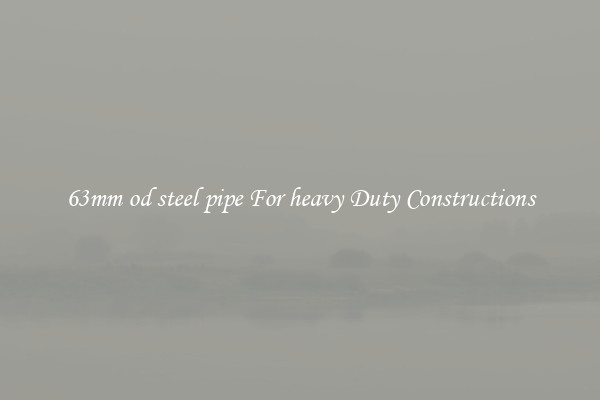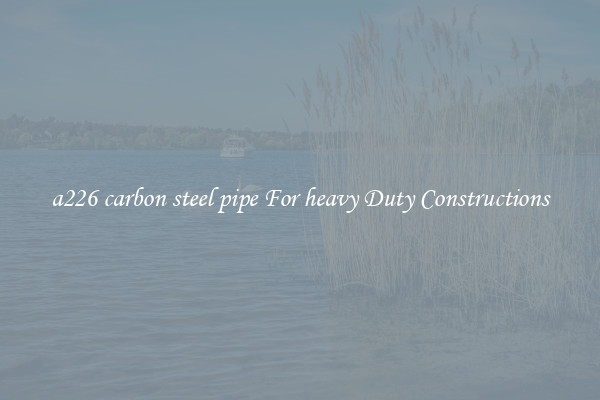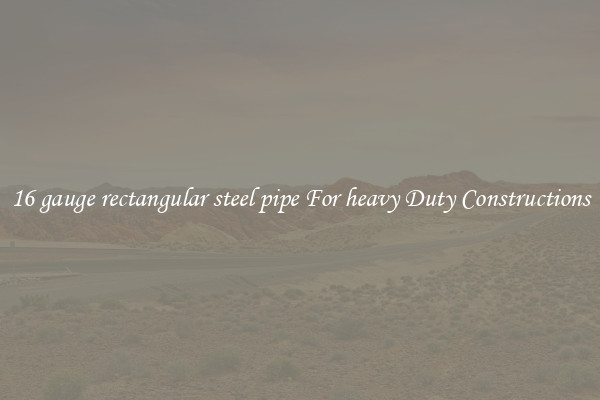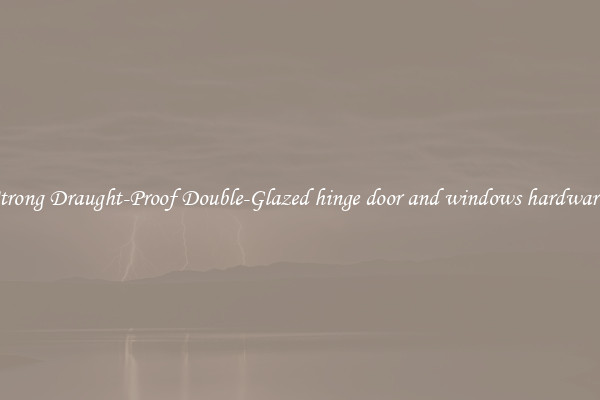erw steel pipe production process For heavy Duty Constructions
ERW (Electric Resistance Welding) steel pipes are a popular choice for heavy-duty construction projects due to their strength, durability, and cost-effectiveness. The production process of ERW steel pipes involves several steps that ensure the pipes meet the necessary quality standards for use in demanding applications.

The first step in the production process is the selection of high-quality steel coils. These coils are made from carbon steel and are inspected for defects before being sent to the next stage. The steel coils are then uncoiled and flattened to prepare them for the welding process.
The next step is to form the flat steel into a cylindrical shape. This is done using a series of rollers that gradually shape the steel into a pipe. The edges of the steel are then heated to a high temperature using an induction coil. Once the edges are sufficiently heated, they are pressed together using a series of rollers to create a strong bond.
After the welding process is complete, the pipes are cooled and then cut to the desired length. The cut ends of the pipes are then finished to ensure they are smooth and free of any burrs or sharp edges. The pipes are then inspected for any defects and tested to ensure they meet the necessary strength requirements.
Once the pipes have passed inspection, they are coated with a layer of protective material to prevent corrosion and increase their lifespan. This coating can be applied through a variety of methods, including galvanizing, painting, or powder coating.
Overall, the production process of ERW steel pipes is a carefully controlled and precise operation that ensures the pipes meet the necessary quality standards for heavy-duty construction applications. By using high-quality materials and advanced manufacturing techniques, ERW steel pipes are able to provide the strength and durability needed for demanding construction projects.

View details
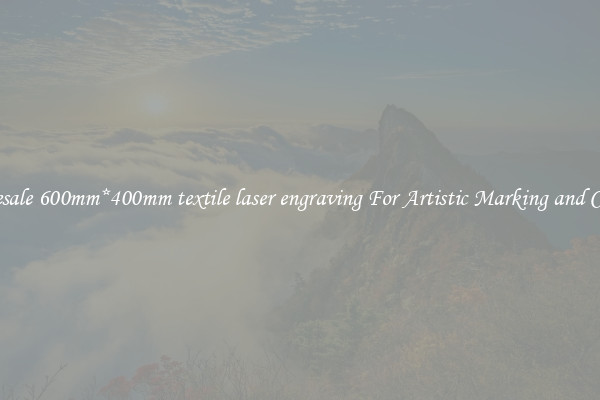
View details

View details
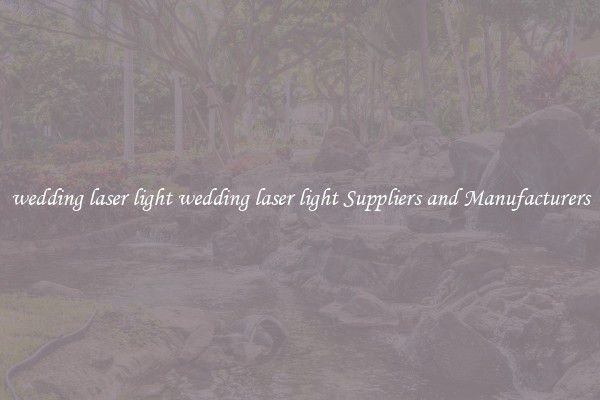
View details
